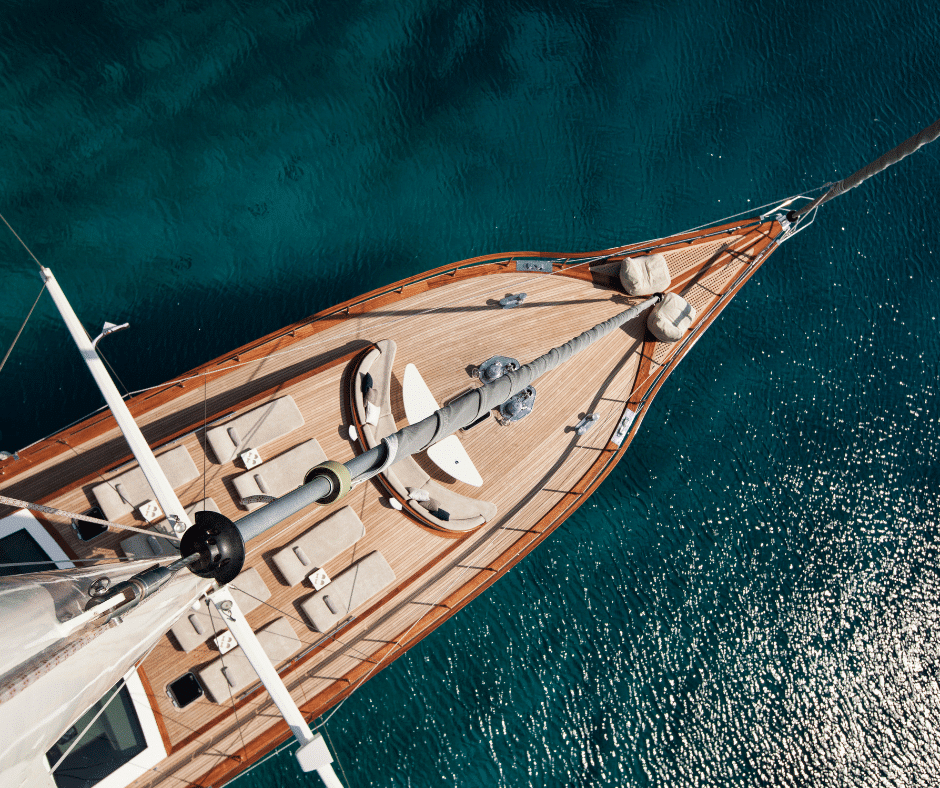
Share This Post
Exploring the Fascinating History of Navigation
Ancient Navigation
Navigation has been an essential part of human history, allowing people to explore new lands and trade with other cultures. The ancient Greeks were some of the earliest navigators, using the stars and landmarks to guide their ships. They created detailed maps and charts, allowing them to navigate safely and accurately across the Mediterranean.
European Exploration
During the Age of Exploration, European navigators used a variety of tools to explore the world. They used the astrolabe, a device that allowed them to measure the angle between the horizon and celestial objects like the sun and stars. They also used the sextant, a more precise tool for measuring angles that allowed them to determine their exact location.
Modern Navigation
Today, navigation has become much more sophisticated, with the use of GPS, radar, and other electronic aids. GPS, or Global Positioning System, allows sailors to determine their precise location using satellites. Radar helps them detect other ships and objects in their path, while sonar is used to measure water depth and identify underwater objects.
The Future of Navigation
As technology continues to advance, the future of navigation looks bright. New tools and systems are being developed that will make navigation even easier and more accurate. From augmented reality to autonomous ships, the possibilities are endless.
Conclusion
From ancient Greek sailors to modern-day navigators, the history of navigation is a fascinating one. As technology continues to evolve, it will be exciting to see what the future holds for navigation and the world of nautical exploration.

Suscríbete para enterarte de todo
Subscribe so you don't miss anything
Más por navegar

How to Choose Your Sail Furling System
The commonly used term is ‘furler,’ but there are several product families, including manual furlers, flying sail furlers, stay furlers, and even swivel locks. So, how can they be distinguished and selected for your needs? Many sailors still need clarification. So here’s an article that should answer all your questions.

The Fundamentals of Safety in Rigging
At the heart of any rigging project lie ropes, stoppers, and connectors — essential elements that ensure the stability and functionality of nautical structures. However, beyond their obvious utility, it’s crucial to understand that these components are vital links in the safety chain.

